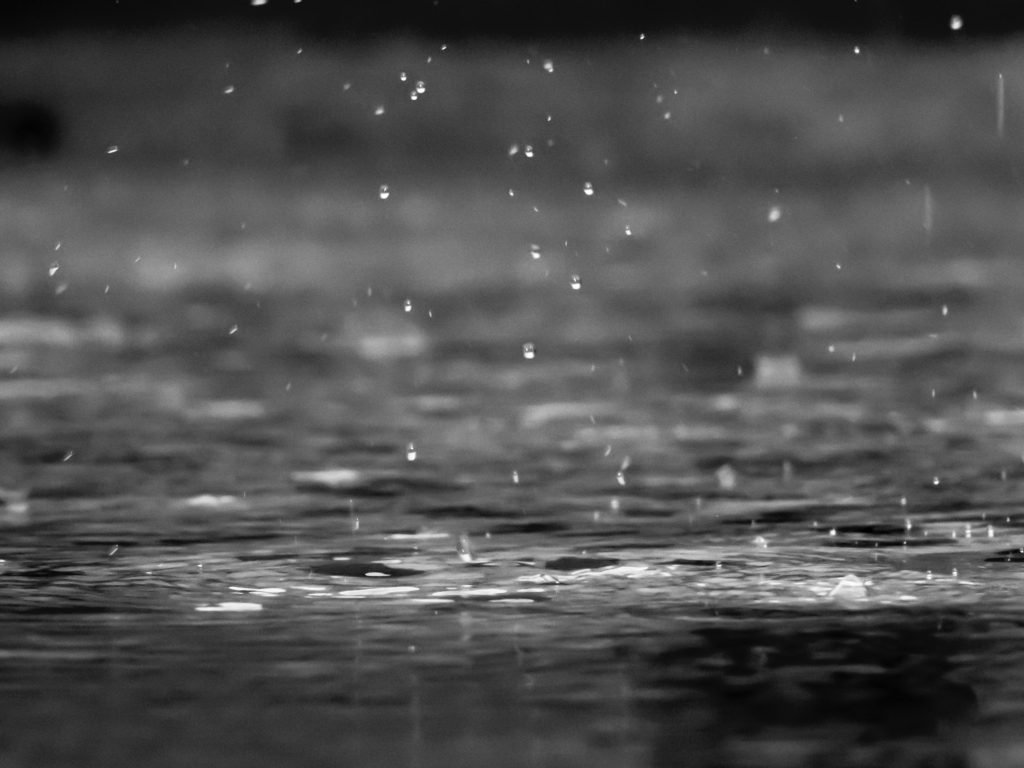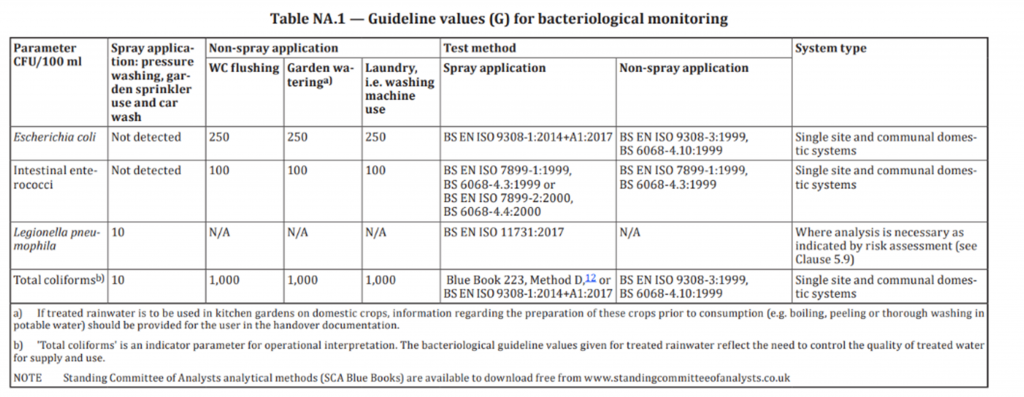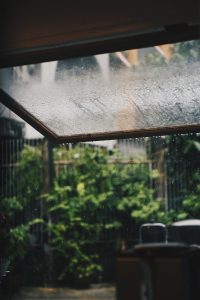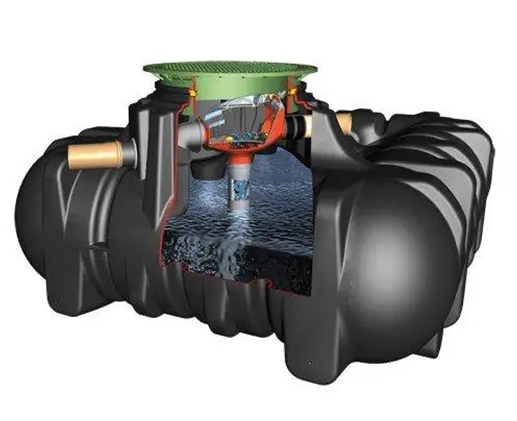What is Rainwater Harvesting (RWH)?
As a definition, rainwater harvesting is the capturing, filtering and storing of rainwater from the roof of a building, for reuse. However, it is more than just this. Rainwater harvesting is a method of ecological and sustainable rainwater management. The storing and reuse of harvested rainwater is an increasingly important alternative to the customary centralised drainage of rainwater.
On-site collection and use of rainwater covers a variety of applications including:
- toilet flushing
- laundry
- irrigation
- climate control of buildings
- cleaning
and more, at private and rented properties, residential areas, community developments, industrial sites, hotels, streets, parks, golf courses, theme parks, car parks, stadia, etc.

There are many different types of rainwater harvesting system, designed to meet the different uses for the collected and stored water:
- Water collected in storage tank(s) and pumped directly to the points of use. These are most suited to reuse that requires a pressurised water supply. This includes spray irrigation systems, vehicle washing systems, washing machines etc.
- Water collected in storage tank(s) and fed by gravity to the points of use. These are most suited to small water butts, with a tap at the base. In rare cases, they can be very effective in properties with high eaves, or roof plant-rooms where the main collection area sits above the plant area. In these cases the whole system can be fully gravity fed.
- Water collected in storage tank(s), pumped to an elevated cistern and fed by gravity to the points of use. These are most suited to supply critical points of use i.e. WC flushing. The reason for this is that, as a WRAS fluid category 5 liquid, any mains top-up must be accompanied by a type AA or Type AB air gap. In the event of a power outage, any pumped systems will fail. However a gravity fed system will continue to provide water, and top-up with mains water via a mechanical ball valve, offering a robust supply of water.
How do you collect rainwater in the UK?
Rainwater is harvested from roofs (via guttering) or hardstandings and contained in a tank, either above ground or below ground.
Hard roof surfaces are considered the most suitable for rainwater collection. Guttering and pipework should allow the water to freeflow from the collection surface to the storage tank by gravity or siphonic action. Before entering the tank, the water is filtered to separate any debris such as leaves and moss from the water. If possible, it is recommended to avoid collection from green roofs, and from trafficked areas. This is because green roofs can discolour the rainwater yellow through nutrient leaching. Trafficked areas also require the addition of a hydrocarbon interceptor to remove fuels and oils form the rainwater prior to use.
Systems and treated water should conform to the British Standards. The most common standard used is the British Standard BS8515:2009, however this was superseded in 2018 by the new standard BS EN16941-1:2018. All systems should conform to this standard.
Water that conforms to Table NA.3 of BS EN16941-1:2018 (below) will provide water suitable for WC flushing, laundry and garden watering in most residential commercial and industrial situations. Additional equipment such as a UV (ultraviolet) light or chemical disinfectants can be used to further sterilise the water.

Is RWH legal in the UK?
Yes, it is perfectly legal to harvest rainwater that falls onto your property in the UK. In fact it is often encouraged. As the demand on water increases due to an increased population and erratic, less predictable weather conditions, harvesting your rainwater which would otherwise soak away, will reduce the demand on your mains water supply, and help to attenuate surface run-off aiding in the prevention of localised flooding. It will therefore save you money on your water bill and also reduce your carbon footprint.
It should be noted that if you live in an apartment or terraced property you may need to ask permission of the free-holder, or neighbour if the roof and downpipes are shared. However, this is often just a formality!
Finally, there are also British Standards and other regulations, such as building regulations, that must be followed so be sure to check these before installing a system.
What are the benefits or RWH?
There are lots of reasons to harvest your own rainwater. A few are listed below:
- Less calcium build-up in domestic appliances such as washing machines
- Less demand on mains water
- Cheaper water bills
- Makes your home more sustainable
- Attenuation of surface run-off (Sustainable Urban Drainage Systems)
- Improved self-sufficiency, and carbon footprint reduction.
Is Rainwater harvesting worth the money?
Absolutely! If you choose to invest in a RWH system, you will be futureproofing your home against water shortages, water price increases and will be reducing your carbon footprint.
Rainwater is considerably better for watering your plants and the general health of your garden than mains water because it doesn’t include the chemicals that are used to treat the mains supply.
If used for laundry, you may find you won’t need to use as much softener and your washing machine will likely last longer because it won’t get clogged with limescale.

What are the best Rainwater Harvesting systems in the UK? We're glad you asked!
Here at Vareo Blu, we are at the forefront of research and development of water recycling technologies.
We have an in-house team of engineers who are driving the industry forward by constantly designing and testing new processes, materials and technology in order to provide the most efficient, cost effective solution for your home or business.
If you’re thinking about investing in a Rainwater Harvesting system, then please fill out the ‘Get a Quote‘ form, and one of the team will contact you with further information. Otherwise, you can call us on 01622870200.
















